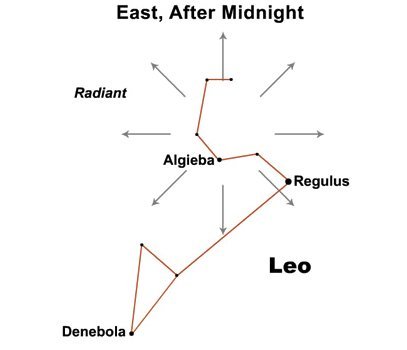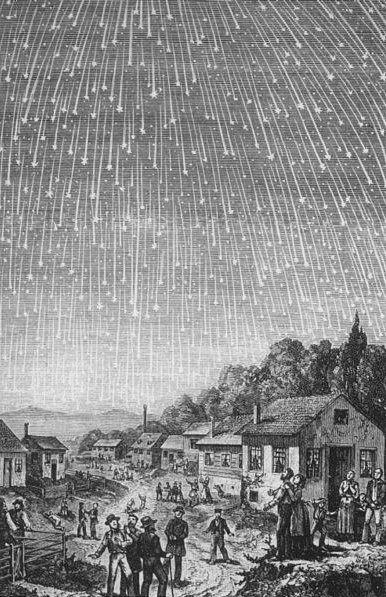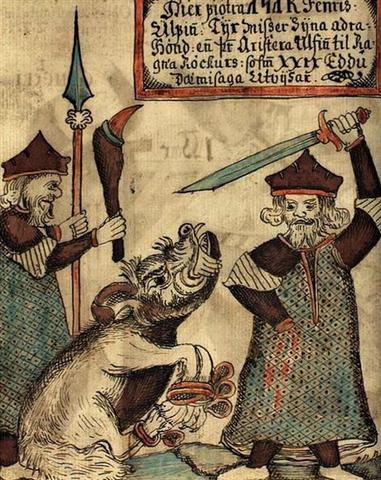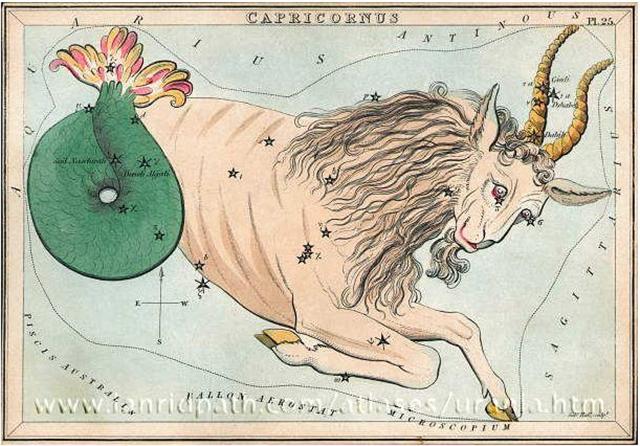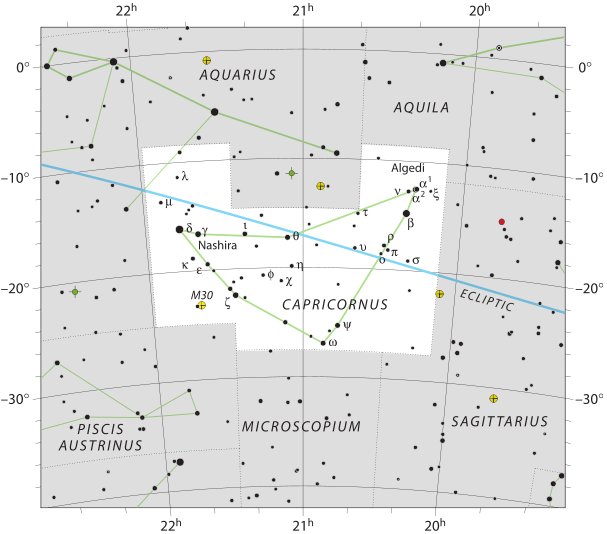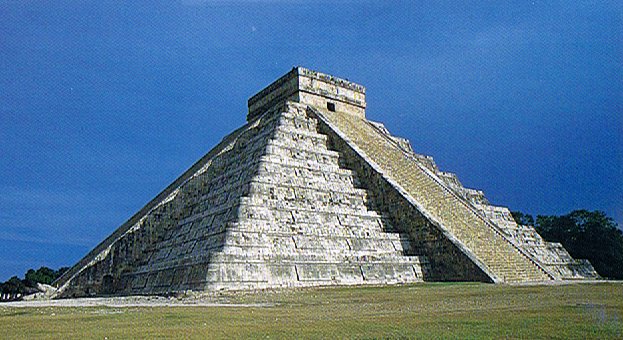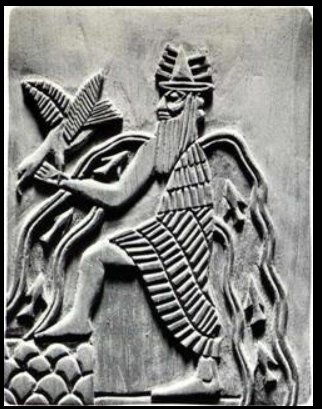I maybe should have avoided noting down the days from February 24, because a Moon calendar seems to have begun here - in the night after 8 * 29½ = 236, when the Sun would have reached Bissextum in the day after Terminalia. ... The leap day was introduced as part of the Julian reform. The day following the Terminalia (February 23) was doubled, forming the 'bis sextum - literally 'double sixth', since February 24 was 'the sixth day before the Kalends of March' using Roman inclusive counting (March 1 was the 'first day'). Although exceptions exist, the first day of the bis sextum (February 24) was usually regarded as the intercalated or 'bissextile' day since the third century. February 29 came to be regarded as the leap day when the Roman system of numbering days was replaced by sequential numbering in the late Middle Ages ...
... At the beginning of 44 B.C. - when Ceasar was still alive - the Senate decided to raise statues of him in all the temples and to sacrifice to him on his birthday in the month Quintilis, which in honour of him was renamed July. He was raised to the status of a god (among the other gods of the state) under the name Jupiter Julius. Marcus Antonius, who this year was consul together with Caesar, became high priest and responsible for the ceremonies. In the middle of February, at the time of the old feast of Lupercalia [Lupus = Wolf], he ran around naked and whipped the Roman ladies with thongs made from goat-skin [februa], in order to promote their fertility ...
The Beasts (Keyemen - cay(e)man, the Cayman) whose skin had generated these thongs ought to have corresponded to the Capricorn (the Babylonian Goatfish).
... The white egret took its piece [of the skin of 'Keyemen - the rainbow in the shape of a huge watersnake'] and sang, 'ā-ā', a call that it still has to this day. The maguari (Circonia maguari, a stork) did likewise and uttered its ugly cry: 'a(o)-a(o)'. The soco (Ardea brasiliensis, a heron) placed its piece on its head and wings (where the colored feathers are) and sang, 'koro-koro-koro'. The kingfisher (Alcedo species) put its piece on its head and breast, where the feathers turned red, and sang, 'se-txe-txe-txe'. Then it was the toucan's turn. It covered its breast and belly (where the feathers are white and red). And it said: 'kión-he, he kión-he'. A small piece of skin remained stuck to its beak which became yellow. Then came the mutum (Crax species); it put is piece on its throat and sang, 'hm-hm-hm-hm' and a tiny remaining strip of skin turned its nostrils yellow. Next came the cujubin (Pipile species, a piping guan), whose piece turned its head, breast, and wings white: it sang, 'krr' as it has done every morning since. Each bird 'thought its own flute made a pretty sound and kept it.' The richly colored plumage of the macaw is explained by the fact that it seized a large piece of skin and covered its whole body in it ... His tail may have indicated the source of fresh water which was used for the flow from the Situla (κ Aquarii).
... The Babylonian name for Capricornus was Goatfish, and with time visualized as running from right to left in the illustration above we can see how the tail (the end) of the Capricorn - like that of Leo - was transmutated into water (with fire at the top) ... The flames here above depicted at the top of the Green Serpent watery vortex might have been intended to describe the hot air ('fire') which would become cold and wet up in the mountains. Thus the origin of the sweet waters of life (vai ora) in the Water-jar (Precious Vase) could be Fire. ... The warm air of high summer carried much humidity and when the mountains forced this air to rise upwards it became cold and lost its ability to carry water, thus resulting in rain and streams of water flowing downwards and coming together to become mighty rivers ... ... 'The life-force of the earth is water. God moulded the earth with water. Blood too he made out of water. Even in a stone there is this force, for there is moisture in everything. But if Nummo is water, it also produces copper. When the sky is overcast, the sun's rays may be seen materializing on the misty horizon. These rays, excreted by the spirits, are of copper and are light. They are water too, because they uphold the earth's moisture as it rises. The Pair excrete light, because they are also light ... 'The sun's rays,' he went on, 'are fire and the Nummo's excrement. It is the rays which give the sun its strength. It is the Nummo who gives life to this star, for the sun is in some sort a star.' It was difficult to get him to explain what he meant by this obscure statement. The Nazarene made more than one fruitless effort to understand this part of the cosmogony; he could not discover any chink or crack through which to apprehend its meaning. He was moreover confronted with identifications which no European, that is, no average rational European, could admit. He felt himself humiliated, though not disagreeably so, at finding that his informant regarded fire and water as complementary, and not as opposites. The rays of light and heat draw the water up, and also cause it to descend again in the form of rain. That is all to the good. The movement created by this coming and going is a good thing. By means of the rays the Nummo draws out, and gives back the life-force. This movement indeed makes life. The old man realized that he was now at a critical point. If the Nazarene did not understand this business of coming and going, he would not understand anything else. He wanted to say that what made life was not so much force as the movement of forces. He reverted to the idea of a universal shuttle service. 'The rays drink up the little waters of the earth, the shallow pools, making them rise, and then descend again in rain.' Then, leaving aside the question of water, he summed up his argument: 'To draw up and then return what one had drawn - that is the life of the world.' ... However, there is another (and complementary) interpretation: ... It should be stated right now that 'fire' is actually a great circle reaching from the North Pole of the celestial sphere to its South Pole ... In other words, February 23 (Terminalia) might have referred to some right ascension line defined from the Tail of the Goat, for instance μ:
... The star named Weeping (μ Capricorni, Chinese: Kuh) rose heliacally 290.0 days after "March 21 (80) ...
Goats are excellent climbers, capable of reaching the top of high mountains with ease.
... Berōssōs described Oannes as the teacher of early man in all knowledge; and in mythology he was even the creator of man and the father of Tammuz and Ishtar, themselves associated with other stars and sky figures. Jensen thinks Oannes connected with the stars of Capricorn; Lockyer finds his counterpart in the god Chnemu of Southern Egypt; and some have regarded him as the prototype of Noah ...
... Men's spirits were thought to dwell in the Milky Way between incarnations. This conception has been handed down as an Orphic and Pythagorean tradition fitting into the frame of the migration of the soul. Macrobius, who has provided the broadest report on the matter, has it that souls ascend by way of Capricorn, and then, in order to be reborn, descend again through the 'Gate of Cancer' ...
|
||||||||||||||||||||||||||||||||||||||||||||||||||||||||||||||||||||||||||||||||||||||||||||||||||||||||||||||||||||



